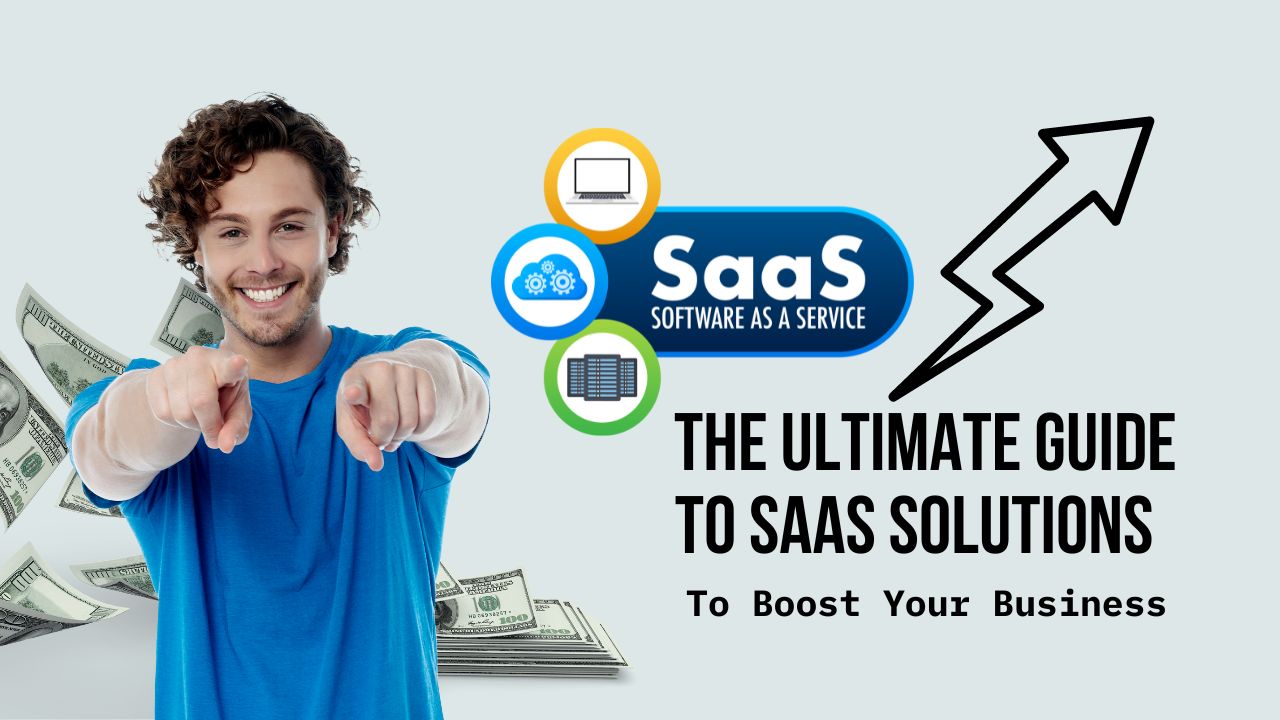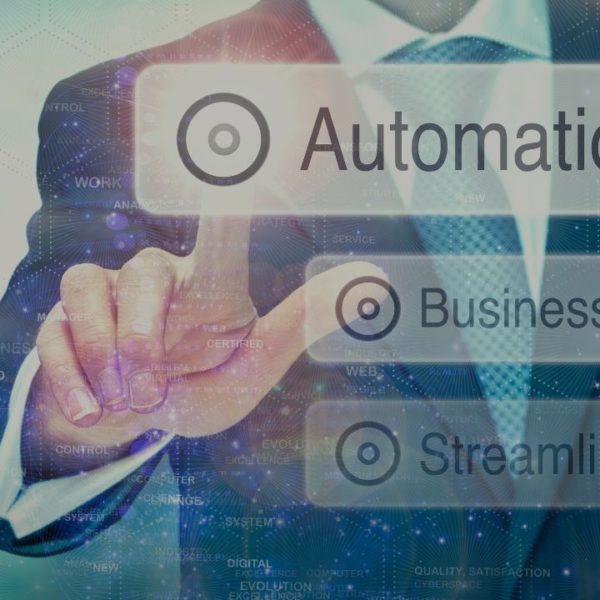Today’s rise of Software as a Service (SaaS) has been remarkable. With a projected annual growth rate of 13% and thousands of SaaS solutions available, it is evident that entrepreneurs recognize the immense potential within this thriving industry.
However, with such high demand comes intense competition. Merely having a great product is no longer enough to guarantee success and market dominance. To truly excel, you must work on your business model and find ways to stand out from your competitors.
Imagine you have developed an amazing tool or product, but success is not automatically guaranteed. Your target audience needs to see the value in your offering and be willing to pay for it.
In this article, we will guide you through the intricacies of growing your SaaS business rapidly while maximizing your returns.
But before we delve into the details, let’s ensure that everyone is on the same page regarding what SaaS truly encompasses. It is vital to have a solid understanding of the concept and mechanics behind SaaS to navigate the strategies and insights we will explore later.
So, whether you are an aspiring SaaS entrepreneur ready to start your journey or an existing SaaS business aiming to gain a competitive edge, get ready to unlock the secrets to success in the SaaS realm.
Table of Contents
What is SaaS?
First, let’s cover the fundamentals. SaaS, which stands for “Software as a Service,” is a method of delivering software wherein customers receive programs hosted by a third party through the Internet.
There are several SaaS platforms available in the market, like Shopify, that exemplify the SaaS model. They offer businesses a convenient and efficient way to manage their online stores.
Unlike conventional software installs, SaaS removes the requirement for expensive hardware configurations and local installations. Users may instead access the program from any device that has an internet connection, making it very versatile and handy.
The accessibility offered by platforms like Shopify empowers businesses to effortlessly connect with their customers across different devices and locations. What makes it even better is that this platform provides a variety of apps that streamline operations and boost conversions.
You may go through https://squidvision.com/blog/best-shopify-apps-to-increase-conversions if you are planning to move to Shopify and reap maximum benefits. Indeed, this practice saves you from the hassle you may face while sifting through thousands of options to find what you’re looking for in the Shopify app store.
What is a SaaS growth strategy?
A SaaS growth strategy is like a powerful plan that helps a SaaS product spread its wings and reach more customers. It involves using different kinds of marketing techniques, like paying for advertisements, naturally attracting people, and drawing them in with engaging content.
The goal is to find potential customers, turn them into happy customers, and make them pay for the product. It is all about growing and expanding, and it is pretty exciting!
Core Elements of a SaaS Growth Strategy
Your journey will be infused with enthusiasm, ambition, and unbridled possibility, thanks to the fundamental features of a SaaS growth plan.
Let’s go into these factors that make up the backbone of your growth plan and set your SaaS company apart.
- Your growth plan depends on figuring out who your target market is. People who are thirsty for the unique value that your SaaS solution offers.
- Your SaaS growth strategy should revolve around your customers, their experiences, and their success.
- Nurture relationships, listen intently to their voices, and tailor your offerings to meet their ever-evolving demands.
- Your SaaS offering must be outstanding, with benefits that leave users speechless.
Benefits of SaaS Solutions
Cost-effectiveness: SaaS solutions offer a subscription-based pricing model, which means you pay for what you need. There are no hefty upfront costs or ongoing maintenance expenses. This affordability makes SaaS an attractive option for businesses of all sizes, especially startups with limited resources.
Scalability: As your business grows, your software needs may change. SaaS solutions are highly scalable, allowing you to easily add or remove users, upgrade features, and adapt to changing demands.
Accessibility and Collaboration: With SaaS, your team can access software applications from anywhere, at any time, using any device. This flexibility promotes remote work and collaboration, enabling your employees to work together seamlessly, regardless of their physical location.
Rapid Deployment: Traditional software implementations can be time-consuming and complex. SaaS solutions, on the other hand, are ready to use as soon as you subscribe. The provider handles installation, updates, and maintenance, freeing up your IT team to focus on more strategic initiatives.
Enhanced Security: SaaS providers invest heavily in robust security measures to protect your data. They employ advanced encryption techniques, regular backups, and limited access controls to ensure your sensitive information remains safe and secure.
How to Choose the Right SaaS Solutions
Selecting the right SaaS solution is crucial for maximizing its benefits. Here are some key factors to consider:
Identify your needs: Evaluate your business requirements and identify the specific functionalities and features you need from a SaaS solution.
Research and compare providers: Take the time to research and compare different SaaS providers. Look for reputable companies with a proven track record, positive customer reviews, and excellent customer support. Consider factors like uptime guarantees, data security measures, and integration capabilities.
Pricing and scalability: Consider the pricing structure of the SaaS solution, including subscription fees, additional costs for upgrades, and any hidden charges. Ensure that the solution aligns with your budget and offers the scalability you need to accommodate future growth.
Data security and compliance: Data security is essential when considering a SaaS solution. Ensure that the provider adheres to industry-standard security protocols, complies with relevant regulations (such as GDPR), and offers data backup and recovery mechanisms.
Customer support and training: Look for a SaaS provider with reliable customer support and training resources. The provider should be responsive to your queries and provide comprehensive onboarding and training materials to help your team get up to speed quickly.
Steps to Implement SaaS Solutions
Implementing SaaS solutions requires careful planning and execution to ensure a smooth transition and successful adoption. Here are the key steps to follow when implementing SaaS solutions for your business:
Establish Roles and Responsibilities
Define the roles and responsibilities of key stakeholders involved in the implementation process. Assign a project manager or a dedicated implementation team to oversee the process and ensure effective communication and coordination. Clearly communicate the roles and expectations to everyone involved to avoid confusion and streamline the implementation.
Create an Implementation Timeline
Develop a detailed timeline with specific milestones and deadlines for each implementation phase. This timeline should include tasks such as data migration, system configuration, user training, and testing. Break down the implementation process into manageable steps to ensure a systematic and efficient execution.
Configure and Customize the Solution
Work closely with the SaaS provider to configure the solution according to your business requirements. Customize settings, workflows, and user permissions to align with your organizational processes. Ensure that integrations with existing systems are properly set up and tested for seamless data exchange.
Provide Comprehensive User Training
Invest in thorough training programs for your employees to ensure they understand how to use the new SaaS solution effectively. Conduct training sessions, create user guides, and provide ongoing support to address any questions or concerns. Encourage user adoption and provide opportunities for feedback to identify areas where additional training may be needed.
Test and Validate the Solution
Before fully deploying the SaaS solution, conduct comprehensive testing to validate its functionality and performance. Test various scenarios, workflows, and user roles to ensure the solution operates as expected and meets your business requirements. Address any identified issues or bugs and collaborate with the SaaS provider to resolve them.
Implement Change Management Strategies
Introducing a new SaaS solution may require changes in business processes and workflows. Implement change management strategies to ensure a smooth transition and minimize resistance from employees. Communicate the new solution’s benefits, address concerns, and provide ongoing support during the implementation phase.
Prioritize Data Security
While SaaS providers ensure data security, taking additional measures on your end is essential. Implement strong passwords, enable two-factor authentication, and regularly educate your team about data security best practices. Encrypt sensitive information and regularly back up your data to prevent loss in case of any unforeseen circumstances.
Monitor, Evaluate, and Optimize
Once the SaaS solution is implemented, continuously monitor its performance and evaluate its impact on your business processes. Track key metrics, gather user feedback, and identify optimization areas. Regularly review and refine your usage of the SaaS solution to maximize its benefits and address evolving business needs.
If you follow these steps, you can effectively implement SaaS solutions and unlock their full potential for your business. However, proper planning, collaboration with the SaaS provider, and ongoing evaluation will ensure a successful implementation.
In Conclusion
So, this brings us to the end of this comprehensive guide. Leveraging SaaS solutions can provide a significant competitive advantage for businesses of all sizes. The benefits of cost-effectiveness, scalability, and enhanced collaboration make SaaS a valuable asset for boosting your business. All you need to do is carefully select the right SaaS solution, effectively implement it, and continuously evaluate its performance. Doing so will certainly help drive your business forward.
Always remember to prioritize your business needs and consider integration capabilities so you don’t have to struggle later. Once you are able to choose the right type of SaaS solution for your business, you will easily unlock new possibilities for your business today.
I am a digital marketer and SEO content writer at Cloudfindr.





